|
Estimated reading time: 5 minutes. We’ve talked previously about how varying your training lifts, especially if you’ve had extended periods of doing very similar things. With that in mind, I’m going to talk through some of my personal favourite variations for the squat, bench, and deadlift. There are likely a few in here that you’ve heard of and done before, but hopefully, there are some wildcards you’ve never done. I highly advise working them all in at some point, assuming that they’re all paint ree for you! Starting off with squatsFront Squat: I typically use front squat with a lot of people, of all experience levels. One of the main issues folk encounter with these is gripping the bar, if you can’t get a full clean grip, I typically fall back to either a cross grip or using lifting straps to get a pseudo full grip position. Frost squats are excellent in any rep range, highly challenging to your erectors to maintain an upright position and with essentially zero room to lose position and just grind through, you typically will just drop the bar Safety Squat/Shoulder Saver Bar: The SSB is another great squat variation, especially if you’re one of the folks that get irritated shoulder quite easily from the combo of bench training and trying to crank into a lower bar position squat often. Specifically, though, try to aim to use one that has the handles and plate sleeves lined up in the same direction. See the picture above, the weights are slightly in front of the centre when the bar is resting on the shoulders. At some point, someone decided to make a version of the bar where the handles and weights are offset like the one pictured below. This kind of removes one of the biggest benefits of the bar (the other being shoulder comfort, which is 100% there still) but when the handles and plates are forward of centre the pads are essentially trying to round you over forward throughout the lift, and you have to constantly remain upright and really push back into the pads, which I think is a great ‘feel’ cue for regular bar squats. Paused Squats: Lastly, I think I’d have to pick paused squats. While paused squats might sound pretty basic and a fairly common staple, I think there’s a reason for that. You really can’t understate how helpful the pause can be for giving the lifter a split second to think about their cue on the reverse. It takes a significant amount of practice and time under the bar to even be able to process cues once the ‘oh God this is heavy’ sets in. The key thing is to make sure folks aren’t just loosely hanging on tissues at the bottom of the pause, and are actively maintaining an isometric effort. Which can be an issue for very mobile people. You want folk holding on tension at the bottom during the pause, then powering out. Bench press variationsClose-grip Incline Bench: I like this for a few reasons, firstly I don't think enough folk use incline as a variant often enough, leaving a bunch of pecs undertrained. Secondly, due to the angle, you typically get a much deeper tricep stretch in the bottom position than you would on a flat close grip. I also like that it gets you used to pushing the bar facewards, which not doing can be a fairly common technical issue in a competition bench. Paused Bench: I imagine you’re starting to see a theme here. I like paused benches because not only do you need to pause the lift in competition, so you might as well get used to it. You can also benefit from the pause from a technical standpoint. Much similar to squats, that brief period of time for you to think about your cue and execute it can do wonders. Reverse Grip Bench: The forbidden grip. Read from the Book of the Dead unearthed from Hamunaptra, or assemble all five pieces of Exodia. However you personally unlock the forbidden grip is up to you, the main thing is I really like it as a bench variation. The main reasons why I like it, once you get over how awkward it feels at first, are that if you ever have shoulder bother, it’s a lot comfier typically due to the more internally rotated position. You may find that in times of regular benching causing pain, the reverse grip is fully pain-free and lets you keep loaded. It also hits the triceps and shoulder pretty well, though like everything your mileage may vary, but I highly advise trying it out. Very much make sure you have side spots in place though, as the first few times till you feel out how to grip it and where it will sit in your hand it can get pretty wobbly. Lastly DeadliftsOpposite Stance Pulls: So if you’re a conventional puller, take some time, a cycle or so pulling sumo, and obviously, the reverse if you’re a sumo puller. Taking some time away from your competition stance can be very helpful, it gets you out of the pattern you’re used to, and might have some niggles in, and lets you still load up. Specifically for sumo pullers, where you typically shorten the range of motion by a decent amount, going back to a bigger range in conventional can really help build up some muscle that’ll carry over to your sumo pull. Low-handle Trap Bar: I really like a low-handle trap bar deadlift. It gets you into a very low position and puts the legs and glutes through a large ROM, whilst allowing you to keep a decent torso position. For pretty much all non-powerlifters, trap bar is what I’d consider their main movement. I just find it easier to get folks loaded up on, with minimal technical proficiency required. Stealth/Glassfloor Deadlifts:
I’ve always called these stealth deadlifts because we had the idea that they could be their own variant when we used to do dumb stuff like try and get a session in late at night in my parent's garage, so we were literally trying to make minimal noise. I like these as the controlled lowering and touchdown of the bar is a really good way to get people to feel what the tension and pressure they’re trying to create at the start of the lift should feel like. Hopefully, you give some of these lifts a try! If you do please let us know how you get on in the comments. @atsapprioved on all social media.
0 Comments
Leave a Reply. |
Archives
March 2024
Categories
All
|
Proudly powered by Weebly

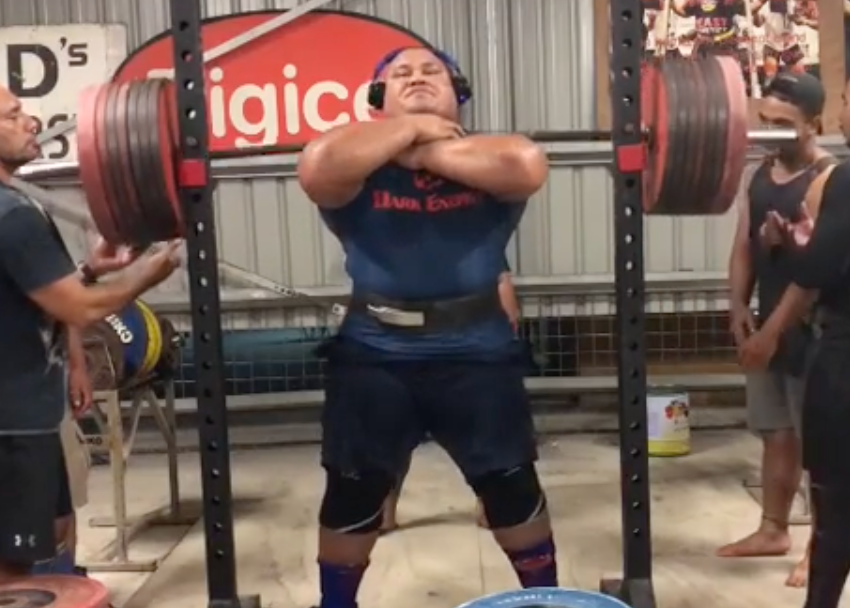
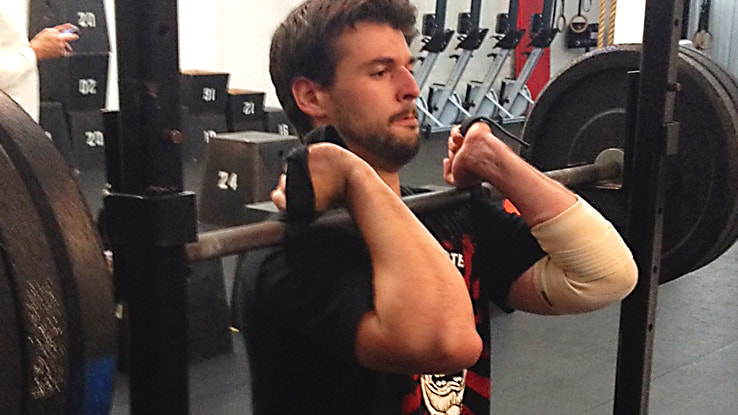
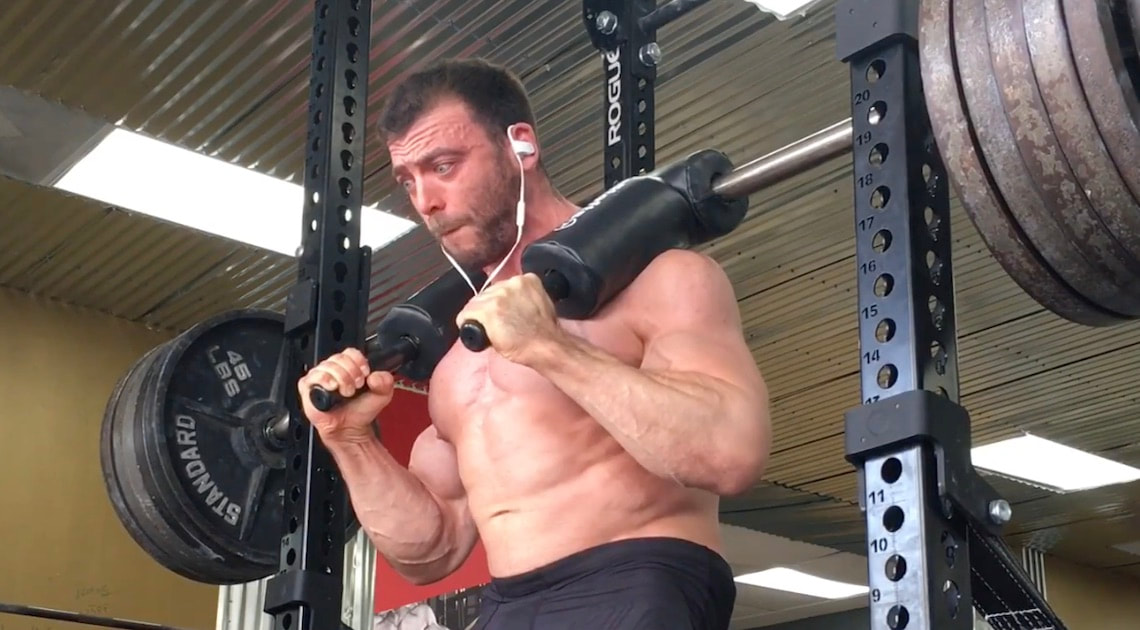
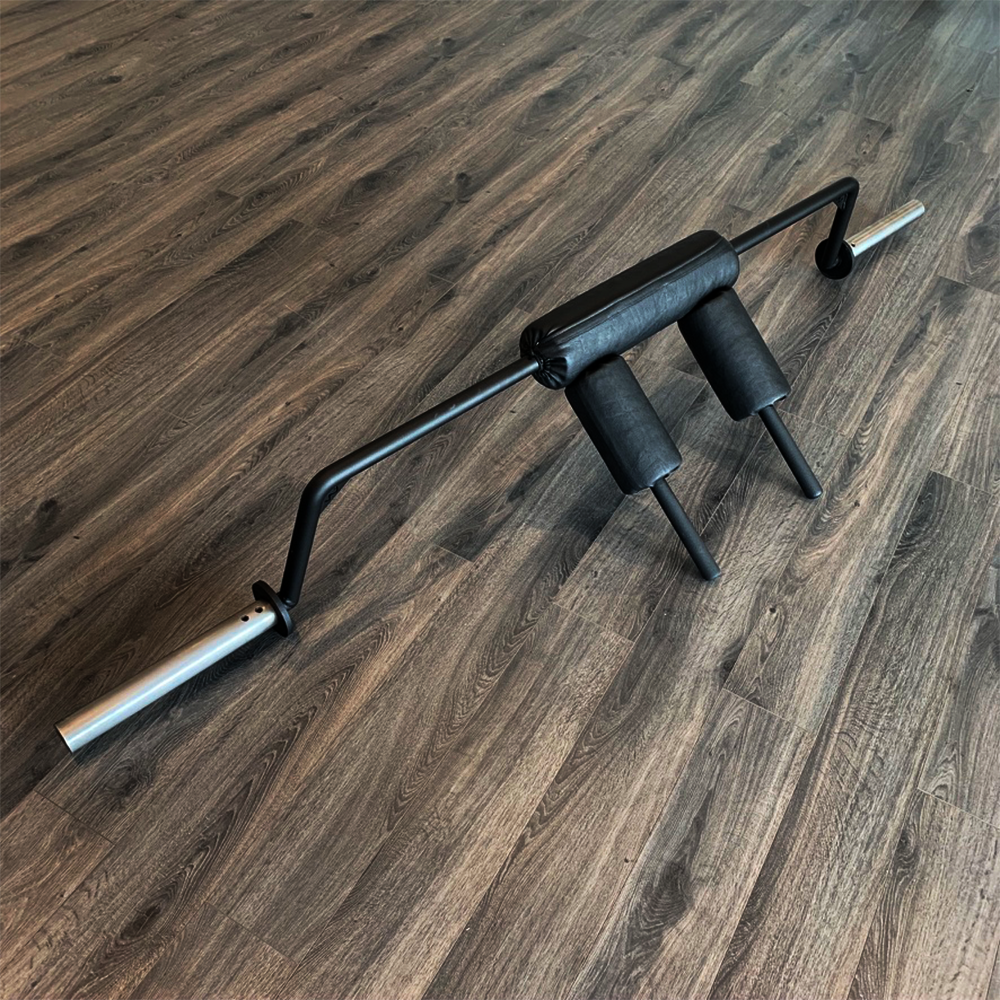
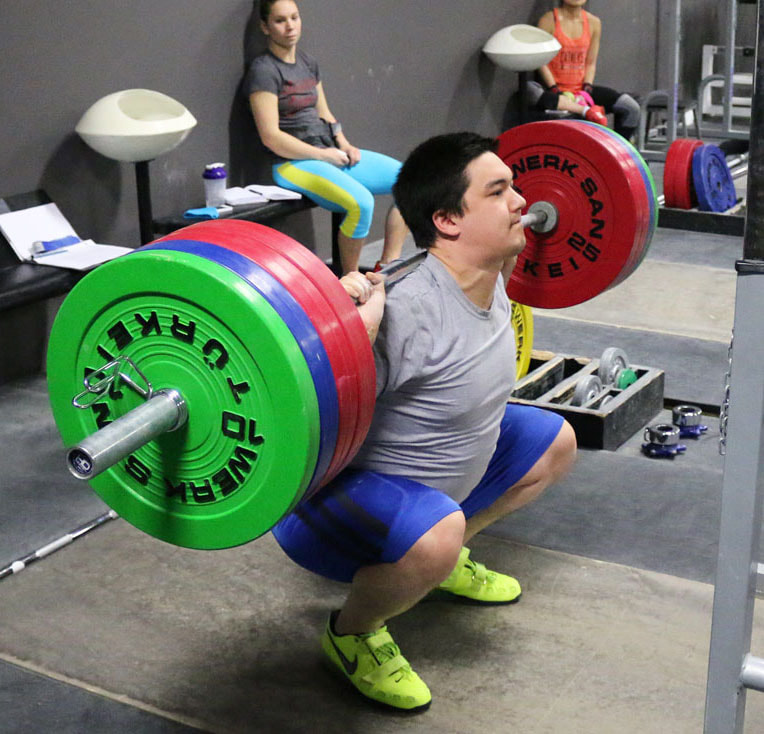
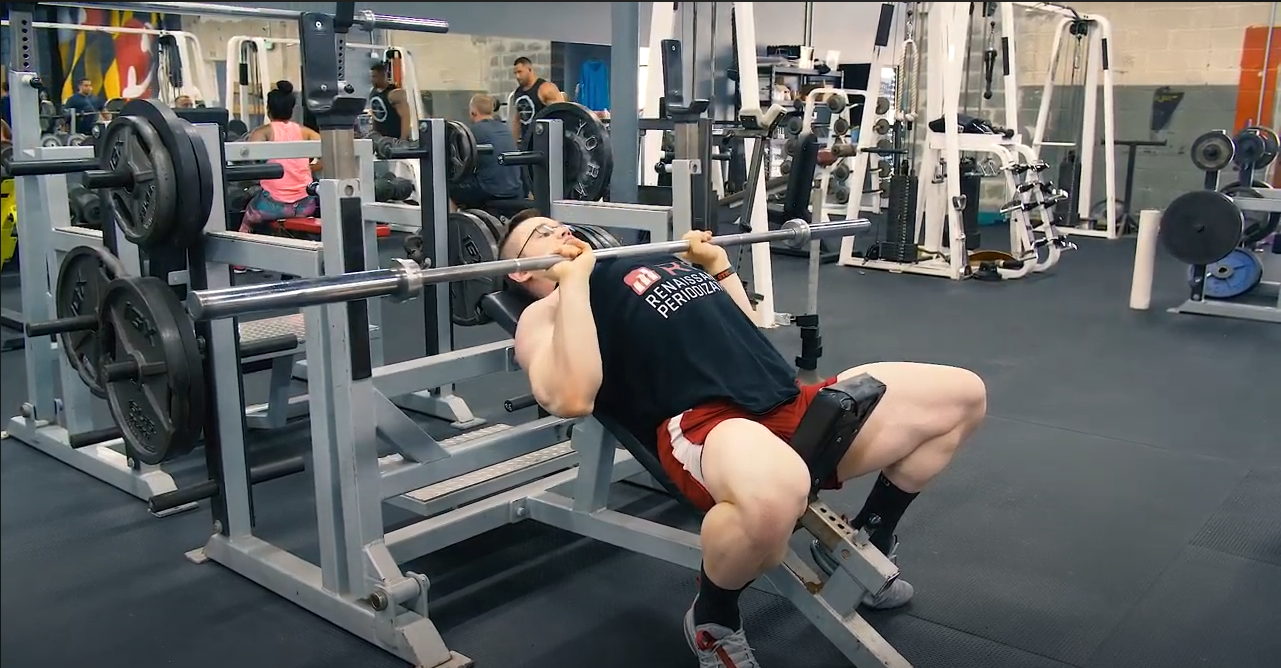

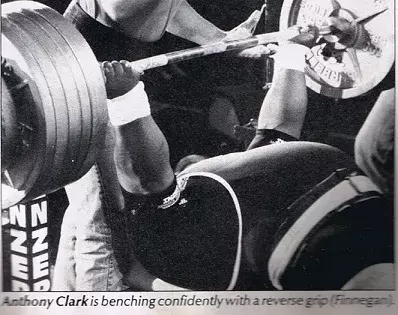
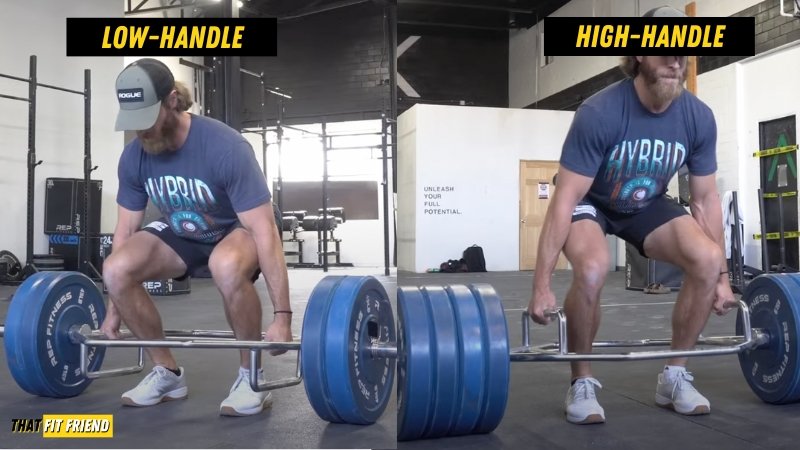

 RSS Feed
RSS Feed